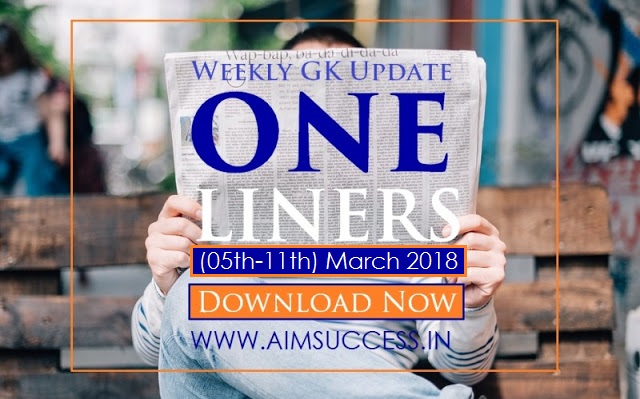Reasoning Puzzle for IBPS PO/Clerk Prelims 2018: 10 October
Directions (Q. 1-5): Study the following information to answer the given questions.
Right people, F, G, H, I, J, K, L and M have lectures in different cities – Delhi, Mumbai and Patna – at 1 pm, 2 pm, 3 pm, 4 pm, 5 pm, 6 pm, 7 pm and 8 pm on the same day. Not more than three people have a lecture in the same city. F has a lecture in Mumbai with only the one who has a lecture at 8 pm. K and the person having lecture at 7 pm have the lectures in the same city but not in Mumbai. J and L have lectures in the same city but not in the same city as K. I has a lecture at 5 pm in the same city as G. None of those having lectures in Delhi have it at 3 pm or before 3 pm. One of the lectures in Patna is at 6 pm. M does not have a lecture in the same city as L. The difference between the lecture timings of J and F is 3 hours. H’s lecture is before L’s lecture.
Q1. In which city does I have a lecture?
1) Same city as the one having a lecture at 2 pm
2) Same city as H
3) Delhi
4) Same city as M
5) Patna
Q2. At what time is L’s lecture?
1) 3 pm 2) 2 pm 3) 4 pm 4) 6 pm 5) 8 pm
Q3. Based on the given arrangement, which of the following is true?
1) F and H have lectures in the same city.
2) M has the lecture before L.
3) None of the given options is true
4) G and J have the lectures in the same city.
5) F has the lecture at 4 pm.
Q4. Who has the lecture at 7 pm?
1) J 2) F 3) G 4) M 5) H
Q5. What is the difference between the lecture timings of M and J?
1) 4 hours 2) 2 hours 3) 1 hour 4) 6 hours 5) 5 hours
Directions (Q. 6-10): Study the given information carefully and answer the given questions.
Twelve people are sitting in two parallel rows containing six people each in such a way that there is an equal distance between adjacent persons. In row-1 R, S, T, U, V and W are seated and all of them are facing north and in row-2 A, B, C, D, E and F are seated and all of them are facing south (but not necessarily in the same order). Each person also teaches a different subject, namely Accounts, English, Hindi, History, Psychology, Geography, Civics, Economics, Physics, Statistics, Chemistry and Biology (but not necessarily in the same order). C sits at one of the extreme ends of the row and faces one of the immediate neighbours of T. Only two people sit between T and the one who teaches Chemistry. R sits on the immediate right of the one who teaches Chemistry. R faces E. D is an immediate neighbour of neither C nor E. The one who teaches Economics sits third to the left of D. S faces the immediate neighbour of E. The one who faces S teaches Statistics. Only two people sit between the one who teaches Statistics and the one who teaches History. Only one person sits between A and the one who teaches History. U and W are immediate neighbours of each other. The one who faces U sits on the immediate left of F. The one who teaches Biology is an immediate neighbour of A. Only two people sit between W and the one who teaches Geography. V faces the one who teaches Hindi. The one who teaches Physics sits third to the right of the one who teaches English. Neither W nor A teaches Civics. The one who teaches Accounts sits in row-2.
Q6. Which of the following is definitely true as per the given information?
1) U faces A.
2) C and F are immediate neighbours of each other.
3) B faces the one who teaches Civics.
4) E teaches History.
5) W is an immediate neighbour of the one who teaches Physics.
Q7. Who amongst the following is the immediate neighbour of the one who teaches Economics?
1) The one who teaches Biology
2) The one who teaches Chemistry
3) F
4) B
5) None of the given options
Q8. Which of the following subjects is taught by T?
1) Economics 2) Accounts 3) Civics 4) Hindi 5) Biology
Q9. Which of the following pairs represent the immediate neighbours of the one who teaches Civics?
1) A, B 2) T, W 3) S, R 4) U, V 5) B, D
Q10. Who among the following teaches Physics?
1) D 2) A 3) R 4) U 5) V
Answers:
- 3
- 2
- 3
- 3
- 2
- 2
- 4
- 3
- 4
- 3











